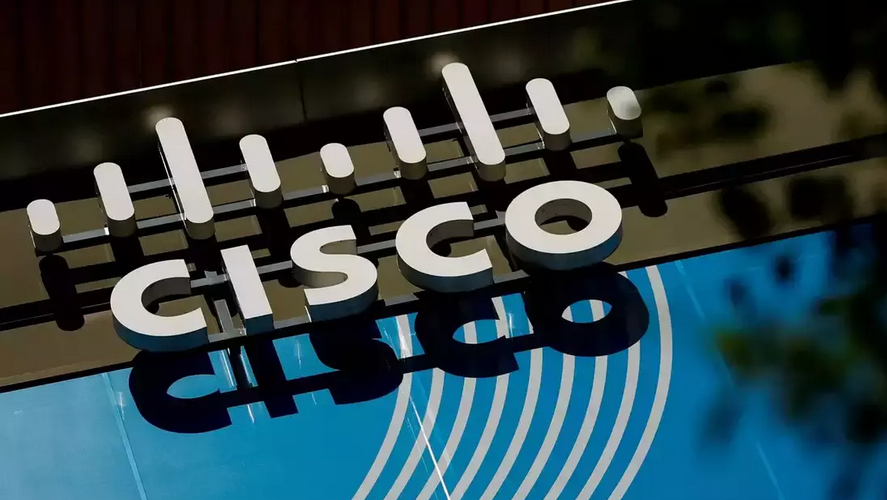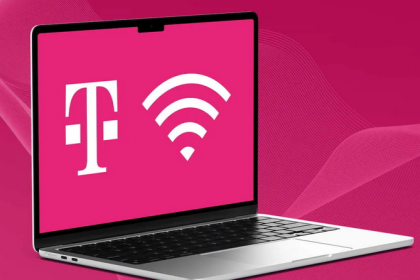RFC 1349 redefined bits 3 and 6 (expanding for ToS bits) to reflect a desired type of service optimization. Table 1-5 shows the ToS field …
IPv4 Header 3 – Internet Protocol Version 4 (IPv4) Design


RFC 1349 redefined bits 3 and 6 (expanding for ToS bits) to reflect a desired type of service optimization. Table 1-5 shows the ToS field …

The best way to understand Internet Protocol version 4 (IPv4) is to know the IPv4 header and all its fields. Segments from Transmission Control Protocol …

Network Address Translation (NAT) devices convert IP address space into globally unique IP addresses. NAT was originally specified by RFC 1631; the current specification is …

Let’s look at a VLSM IP address assignment example involving the Class B network 130.20.0.0/16. Using a /20 mask produces 16 subnetworks, as shown in …

This section covers IPv4 design topics that a CCNP candidate should be aware of. There is no perfect way to address a network, and each …

You should reserve separate subnets for LANs using IP phones. IP phones are normally placed in a VLAN that is in a logical segment separate …

Consider a company that has users in several buildings in a campus network. Building A has four floors, and building B has two floors, with …

Device network configuration parameters such as IP addresses, subnet masks, default gateways, and DNS server IP addresses can be assigned statically by an administrator or …

Dynamic Host Configuration Protocol (DHCP) provides a way to dynamically configure hosts on a network. Based on BOOTP, it is defined in RFC 2131 and …

Domain Name System (DNS) is an Internet-based directory system that returns a destination IP address, given a domain name (such as www.cisco.com). DNS is a …